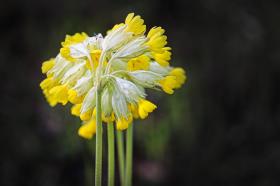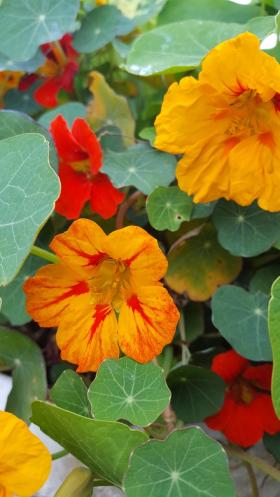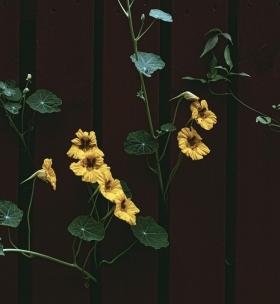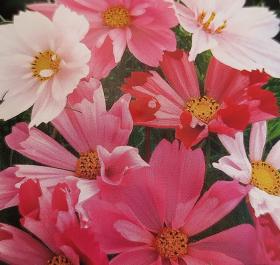
Purple coneflower, regular seeds - not treated and non-gmo
Echinacea purpurea
A popular perennial with smooth, 2-5 ft. stems and long-lasting, lavender flowers. Rough, scattered leaves that become small toward the top of the stem. Flowers occur singly atop the stems and have domed, purplish-brown, spiny centers and drooping, lavender rays. An attractive perennial with purple (rarely white), drooping rays surrounding a spiny, brownish central disk.The genus name is from the Greek echinos, meaning "hedgehog," an allusion to the spiny, brownish central disk. The flowers of Echinacea species are used to make an extremely popular herbal tea, purported to help strengthen the immune system; an extract is also available in tablet or liquid form in pharmacies and health food stores. Often cultivated, Purple Coneflower is a showy, easily grown garden plant.
Purple coneflower is a perennial herbaceous plant native to North America, belonging to the Asteraceae (daisy) family. It is well known for its striking purple-pink flowers with a prominent, spiky central cone. The name Echinacea comes from the Greek word echinos, meaning "hedgehog" or "sea urchin", referring to the prickly flower center.
In addition to its popularity as a garden ornamental, Echinacea is a widely used medicinal plant, especially known for supporting the immune system and preventing colds.
How to Grow Purple Coneflower
Location:
Prefers full sun, but tolerates partial shade. The more sun it gets, the better it blooms.
Soil:
Thrives in light, well-drained, humus-rich soil. Avoid soggy soil, especially in winter. Improve drainage by mixing in sand or compost if needed.
Propagation:
From seeds:
Sow indoors in early spring. Seeds may require cold stratification (keep moist in the fridge for 2–4 weeks).
Transplant outdoors after the danger of frost has passed.
Typically blooms in the second year.
By division:
Mature plants can be divided in early spring or fall, though Echinacea doesn’t like frequent transplanting.
Planting:
Space plants 30–50 cm (12–20 inches) apart, as they grow into wide clumps. Height ranges from 60 to 100 cm (24–40 inches) depending on the variety.
Watering:
Water moderately during dry spells. Young plants need regular watering, but established ones are drought-tolerant.
Maintenance:
Deadhead faded flowers to extend blooming.
In autumn, cut back stems near the ground.
Good air circulation helps prevent aphids and powdery mildew.
Winter care:
Tolerates cold well. In poorly drained soil or for young plants, apply a light mulch in late autumn.
Uses
As a medicinal plant:
Roots, leaves, and flowers contain active compounds that help stimulate the immune system.
Traditionally used to prevent and treat colds, flu, and infections.
Available as teas, tinctures, capsules, and extracts.
Note: Best used in short-term cycles, not for continuous long-term use.
As an ornamental:
Long blooming period from July to September.
Ideal for flower beds, borders, cottage gardens, and pollinator-friendly areas.
Excellent plant for attracting butterflies and bees.
Packet 150 seeds








